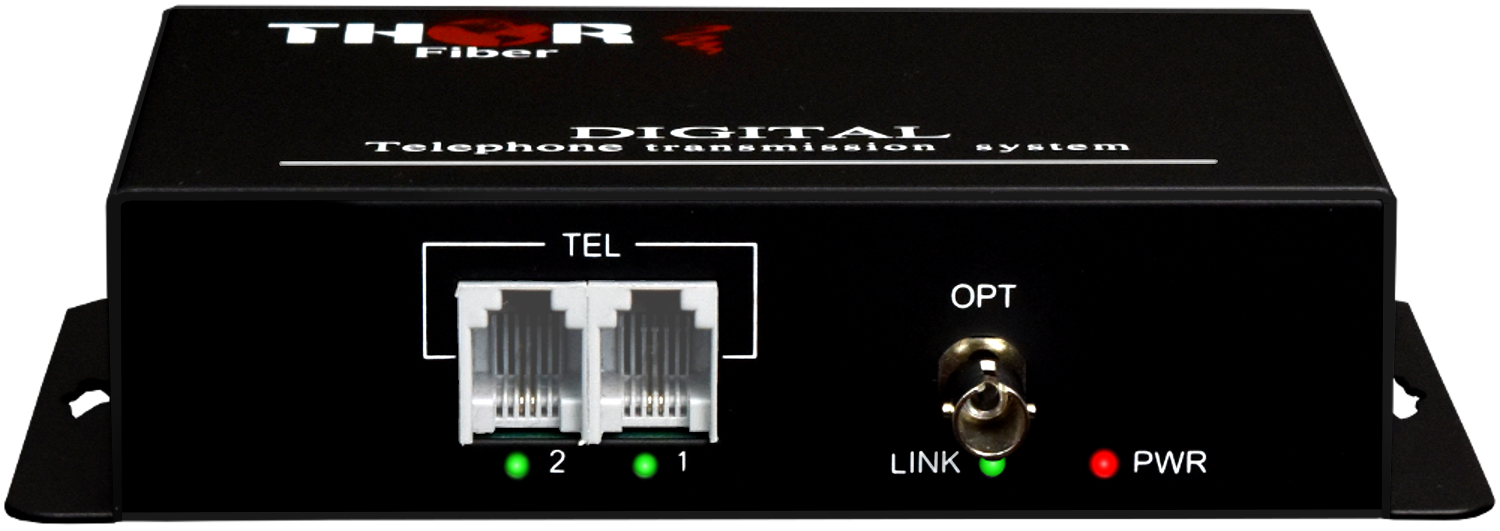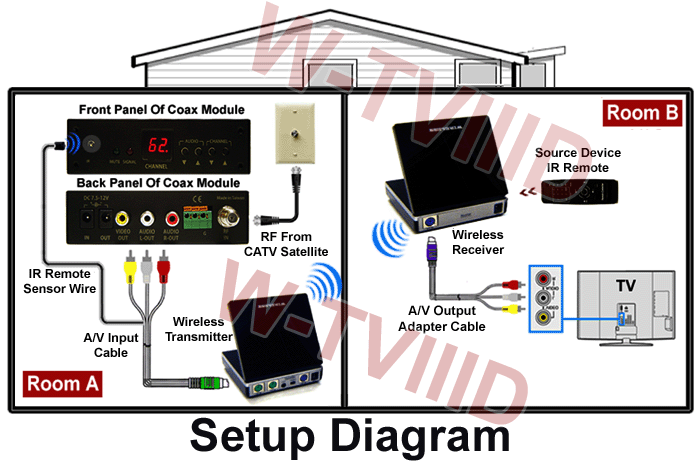

Some antennas provide good reception for only VHF or UHF channels but not both. Amplified models can often help pull in more distant stations.Ī final reminder if you’re shopping for an antenna: Make sure it can receive both VHF and UHF frequencies. Your recept ion will also depend heavily on your distance from broadcast towers, along with topography-such as mountains or tall buildings-that could interfere with signals. Our test results cover 19 popular ante nnas, ranging in price from $10 to $80. Having the right antenna can help you get more of your local channels.
#Digital to analog tv converter via wifi free
households with internet service now use a TV antenna to get free TV service, according to the research firm Parks Associates, up from 15 percent in 2018. Even many consumers who have switched to streaming video services, such as Sling TV, Hulu + Live TV, or YouTube TV, use an antenna for local stations not included with their package. If you’re just getting started with free over-the-air TV, you’ll be in good company. In those cases, you might want to consider a new antenna. The one exception is if a local station moves from UHF (Channels 14 to 51) to VHF (Channels 1 to 13) and your current antenna is either UHF-only or gets poor VHF reception. If you’re already using an antenna to get free TV, none of this will take new equipment. 3:30 Overview & Sound Demo I recently bought a Panlong digital audio converter to be able to use my 3.5mm headphones on my Panasonic TV that only offers a di. Powered by ultra high gain 20dBi antenna and 1000mWatt WIFI amplifier extremely high 50dBm output. SuperLinxs Long Range 50dBm USB WIFI Antenna 802.11bgn new generation WIFI amplifier antenna the longest range units in the world. We recommend doing a second channel scan anyway just to see whether you get any stations you missed on the first rescan. This will prevent you from accidentally harming your TV or antenna. If it doesn’t work the first time, try again. If you don’t see any of these options, you can usually do a channel scan by selecting the Input button on the TV remote or in the TV’s main menu, then choosing Antenna.ĭepending on the number of channels you can receive, it could take a few minutes to complete the rescan. You want the automatic option, which will make the TV search through all the channels. Once you find Channel Scan or Channel Tuning, you may have a choice to tune automatically (Autotune or Autoscan) or manually.

On any brand of TV, if you’re having trouble finding the right option, look under Settings or Setup. It might be called Live TV (on LG TVs) or Broadcast (on Samsung sets). You may see the Channel Scan control right away or it could be one layer down, under Antenna, Channels, or Channel List. Start by using your TV remote control (or a digital converter box remote if you still have an older analog TV) to press the Menu or Setup button. The process varies a bit depending on which brand of TV you own, but ultimately you’re looking for a control that says Channel Scan or Channel Tuning. It’s fairly simple to rescan for channels.


 0 kommentar(er)
0 kommentar(er)
